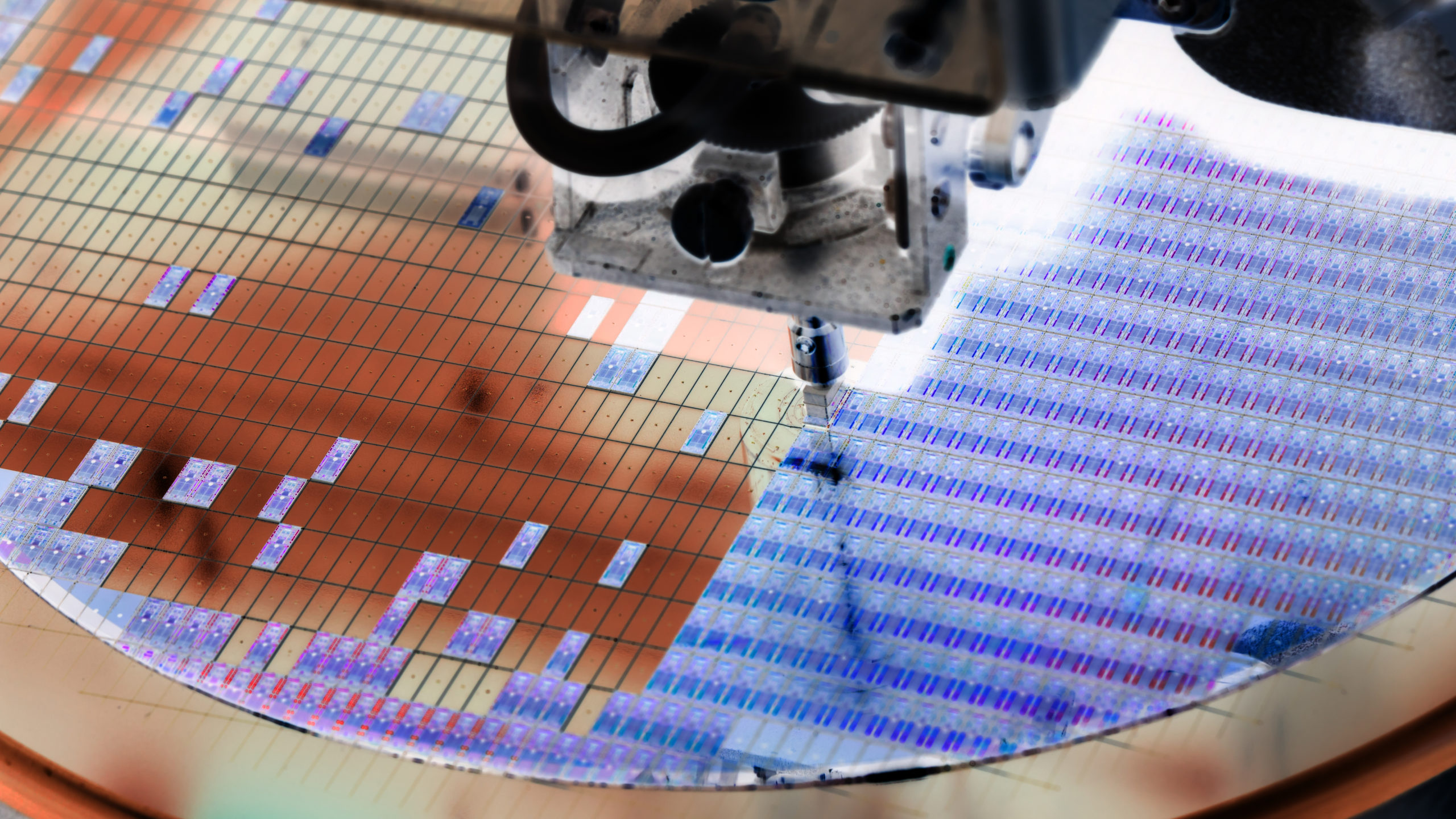UMC, eMemory, and PUFsecurity Announce Successfully Silicon-Proven Secure Embedded Flash IP
PUFsecurity’s PUFef is a win-win solution, making real-time execution in place (XiP) and data-at-rest protection possible.
eMemory Partners with Intel Foundry Services to Boost Security in Leading-Edge Chips
eMemory will develop one-time programmable (OTP) memory and other security IP for Intel’s leading-edge processes as part of the IFS Accelerator – IP Alliance program.
PUFsecurity and eMemory Launch Next-Gen PUF-based Hardware Root of Trust IP for Future Computing
Arm selected PUFrt for the secure sub-system in the reference implementation of the Armv9 confidential compute architecture.
eMemory and PUFsecurity Join DARPA Toolbox Initiative
The agreement makes NeoFuse, NeoPUF and PUF-based security IPs available to the researchers behind DARPA programs.
eMemory & PUFsecurity Announce with UMC the World’s First PUF-based Secure Embedded Flash Solution
PUFsecurity’s PUFflash integrates eMemory’s NeoPUF into UMC’s 55nm embedded flash technology platforms to deliver a secure embedded flash.
PUFsecurity Unveils PUFiot, PUF-based Secure Crypto Coprocessor
PUFiot is a new high-security PUF-based crypto coprocessor to help chip designers easily adopt robust embedded hardware security functions.
PUFsecurity Launches Unique Quantum-Tunneling PUF-based Root-of-Trust
New PUFrt integrates security functions for unique ID, true random-number generator and encrypted one-time programmable memory for key storage (Hsinchu, Taiwan, August 4th, 2020) — PUFsecurity has launched the world’s first quantum-tunneling PUF-based root-of-trust IP to fulfill the increasing security requirements of IoT products. The new IP – PUFrt – is a PUF-based hardware root-of-trust […]
PUFsecurity Leverages NeoPUF to Lead Hardware Security Technology
PUFsecurity has taken up the challenge to encourage the widespread adoption of PUF technology.
eMemory Receives ISSCC Award for Breakthrough Security Technology
The company received the honor for its paper “A PUF Scheme Using Competing Oxide Rupture with Bit Error Rate Approaching Zero”.








